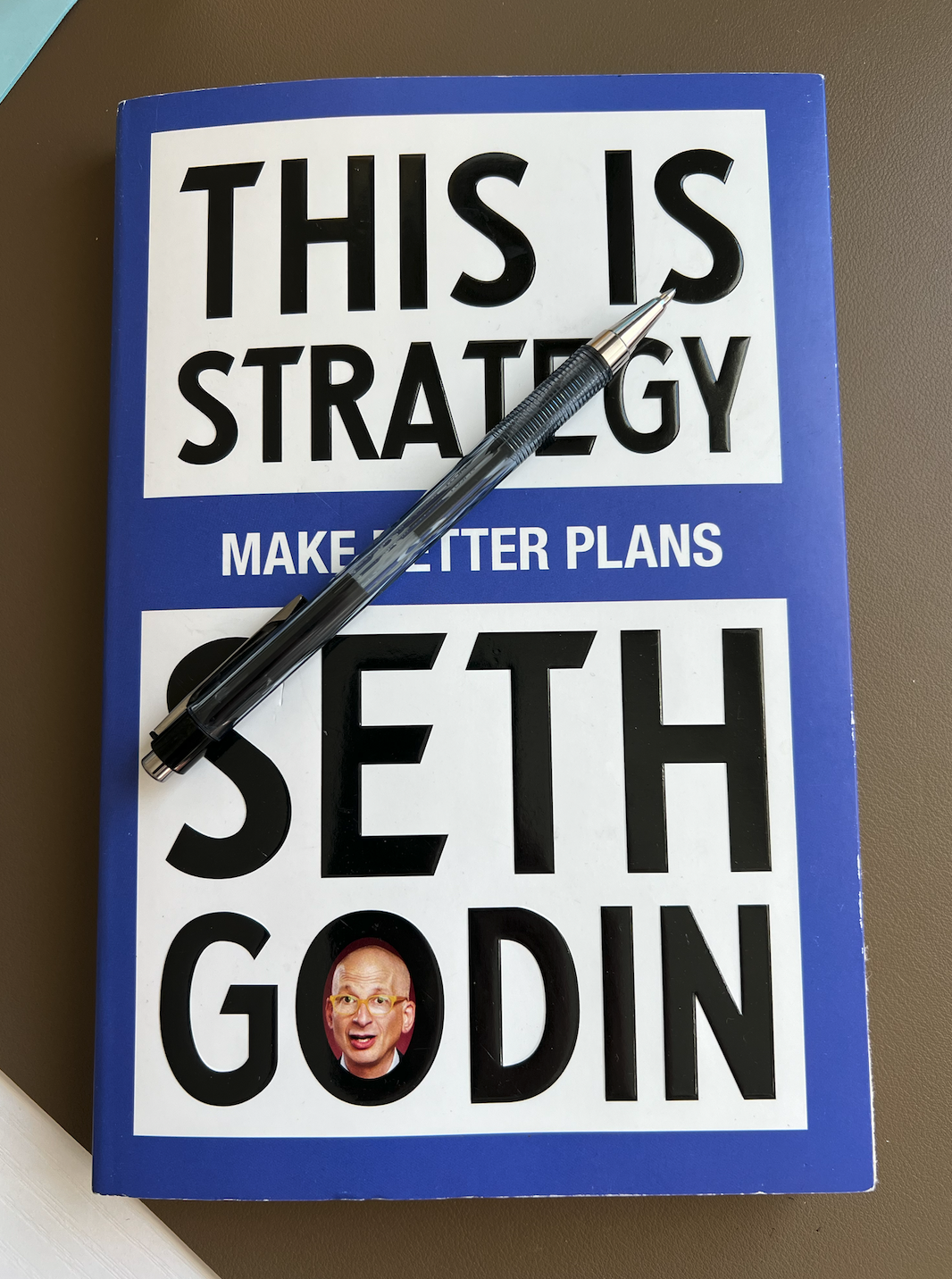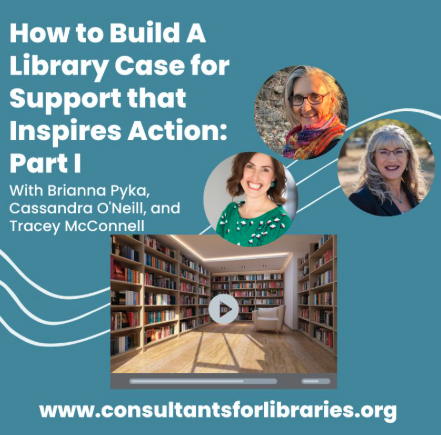The 50% Rule: Why You Need At Least Half Your Goal Raised Before Going Public
- 4 mins
As library fundraising consultants, we often hear this question from directors and Friends groups: "When should we announce our capital campaign or general fundraising campaign to the public?" Our answer is always the same – when you've quietly secured commitments for at least 50% of your goal. This might sound counterintuitive or even impossible, but this tried-and-true fundraising principle can make the difference between a campaign that soars and one that struggles.
The Psychology of Success
Think about the last time you were asked to join a project that was just starting versus one that was already gaining momentum. Which felt more compelling? Humans are naturally drawn to success, and donors are no exception. When potential contributors see that others have already made significant commitments, they're more likely to join the effort. It's the fundraising equivalent of a busy restaurant – people want to be part of something that's already working.
Building Confidence in Your Community
Consider this scenario: Your library needs $2 million for a new children's wing. Which sounds more inspiring to potential donors?
"We're launching a campaign to raise $2 million. Will you be one of our first donors?"
OR
"We're thrilled to announce that we've already secured $1.1 million in commitments from community leaders for our new children's wing, and we're inviting the public to help us reach our $2 million goal!"
The second approach demonstrates momentum, credibility, and careful planning. It shows that community leaders have already vetted and validated your project.
How to Raise the First 50%
Securing half your goal before going public might seem daunting, but here's a practical roadmap:
- Start with Your Inner Circle Begin with your board members and closest supporters. They should be the first to commit, demonstrating leadership and setting the tone for the campaign/project. Their early participation also helps test your case for support and refine your messaging.
- Identify and Cultivate Major Donors Research suggests that in most campaigns, 10-15 gifts will account for about 60% of your goal. Work with your board to create a prospect list of individuals, foundations, and businesses with both the capacity and potential interest in your project. Focus on building relationships and understanding their philanthropic interests.
- Develop a Compelling Case Statement Create a clear, inspiring document that outlines the need, impact, and specifics of your project. Include preliminary architectural renderings or plans if applicable. This becomes your primary tool for early donor conversations.
- Use Challenge Grants Strategically Approach foundations or major donors about providing challenge grants that you can leverage during the public phase. This creates excitement and urgency when you launch publicly.
Why the Quiet Phase Matters
The "quiet" or "silent" phase of your campaign serves several crucial purposes:
- Allows you to refine your message based on donor feedback
- Builds a core group of committed supporters who can help with the public phase
- Creates momentum that attracts additional donors
- Identifies potential problems before they become public
An Example Story
Let's say your library was initially worried about securing 50% of their $3.5 million renovation goal before going public. However, by following this strategy, they:
- Secured a $500,000 challenge grant from a local foundation
- Received three lead gift commitments of $250,000 from board members
- Obtained a $500,000 state construction grant
- Had several $100,000+ pledges from community leaders
When they launched their public campaign, they had already raised $2.1 million. The community's response was overwhelming – people wanted to be part of this successful initiative. They reached their goal three months ahead of schedule.
Action Steps for Your Library
- Calculate your true campaign/project goal, including a contingency
- Create a list of potential major donors who could help you reach 50%
- Develop your case statement and supporting materials
- Train your board in donor cultivation and solicitation
- Begin quiet conversations with potential lead donors
- Track commitments and adjust strategies as needed
- Plan your public phase launch while working on the quiet phase
Common Pitfalls to Avoid
- Rushing to go public before securing adequate commitments
- Failing to engage board members in early fundraising
- Not having adequate materials and plans to share with major donors
- Neglecting to build relationships before making asks
- Announcing your campaign prematurely due to pressure or excitement
Remember, patience during the quiet phase pays dividends during the public phase. While it might feel slow at first, this methodical approach creates the momentum needed for successful campaign completion.
Moving Forward
The 50% rule isn't just a fundraising best practice – it's a strategy that sets your campaign up for success. By securing significant commitments before going public, you create an environment where donors feel confident in your project and excited to participate. Take the time to build your foundation properly, and your community will respond with enthusiasm when you invite them to help complete your vision.




